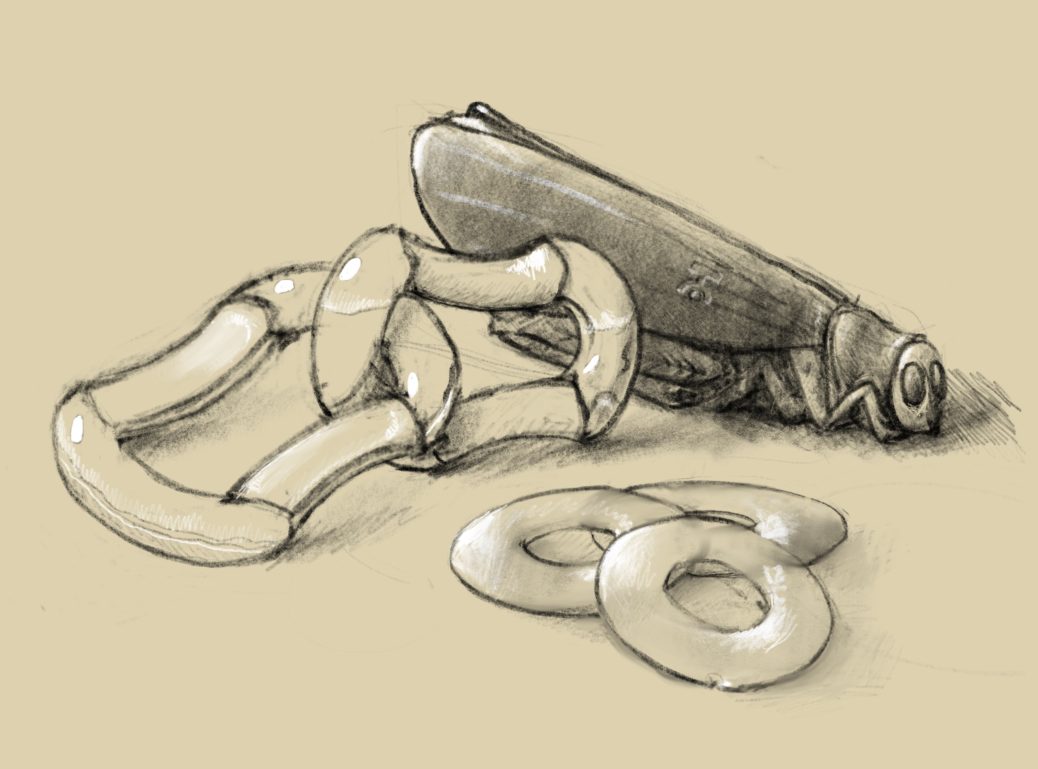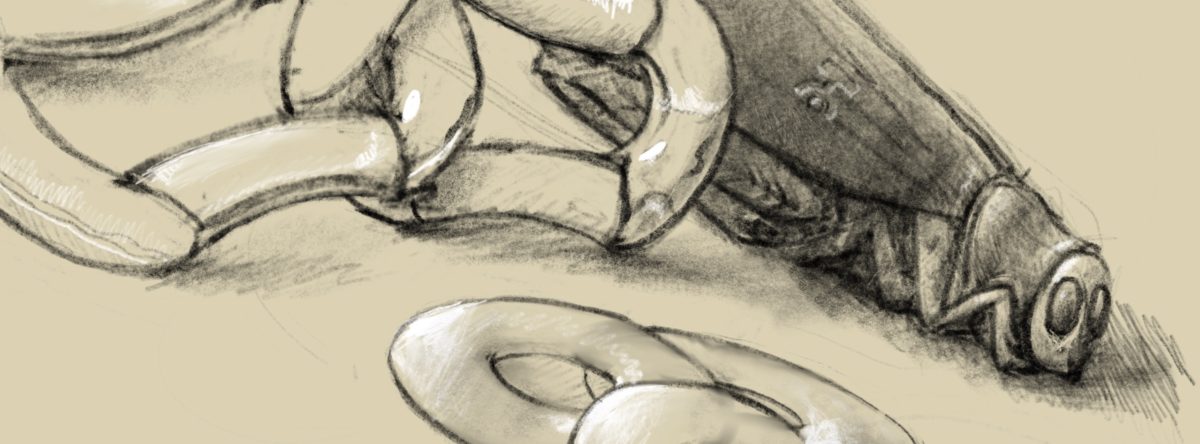We here in 2019 in the post-colonial late-stage Capitalist Earth are really hooked on the idea of money. But it’s not an obvious idea, and modern economists even have a hard time describing what it is.
The World of Names is big and Earthen-Being are small; While the Giants strode across it like a single field; and to the Descendants of Heaven all distances are as one; to even the boldest Earthen-Being, the reach of their life is like a single poppy seed in a field stretching far past the reach of the eye.
And so, when an Earthen-Being has a desire and does not wish to force its satisfaction, what have they to trade in foreign lands that those recognize as worthy of the satisfaction of that desire?

Even if a city has an agreed-upon system of trade, it is most likely in the form of some frangibile, intrinsically valuable commodity, like a weight of barley, teff, or honey; durable foodstuffs like vinegar or alcohol; or the hides of animals at different levels of processing; or weights of the copper and tin used to make bronze.
So pervasive are some of these values that their very crafted form assures one that it is a commodity: tin and copper are traded in the shape of the hide of an ox; gold is cast by smiths in the shape of beans of barley or carob; bolts of wool and linen and precious cotton are wrapped in seals devised with craft that detail their provenance and quantity, legible by those who know their trade.
Above, you can see two links of chain wrought 1000-long by Shebahfzu as a gift to Balashuz, who broke the chain and gave 332 of them them to her attendants Lubash, Pashuzu, and Adamak, with the broken rings given to Zumash, the priest-astrologer. The destiny of the last link is unknown and some say it was swallowed by Gushuzeb and lies in his corpse, locked around one rib. Because of the legend, all know that 999 or 1000 links now wander the Great Road and its tributaries; that at least three are broken links, and that somewhere rests one solitary, whole link. The fashioning of these two links here shown is too fine to be counterfeit, so the current owner knows that somewhere is at least one more broken link, but also that others have likely also broken the chain into smaller pieces.
But in no place does an authority hold sway over the value of such commodities; all value is only that which is established between the trading parties, using powers of both collaborative offer and coercion. And, indeed, the value established may have to do with the qualities, not the quantities, of the trade.
The stone grasshopper is a precise weight, used within the trading family Gashab. It stands as a debt of its weight in gold, and whoever returns it to the merchant whose name is engraved thereupon is entitled to its weight in gold (or other goods in a quantity a negotiated by the parties) in return. However, if it were to be returned by someone outside the family, the negotiation would be viewed with skepticism and concern; alleviating the suspicion and avoiding the wrath of the Gashab family would require with it a letter upon a clay tablet with the cylinder seal of both the family member and the individual returning it.
The Jigham people who travel the Western Desert have mastered the medium of glass, and in their secret places, form it to opalescent rings to weave into the hair and clothes of those whom they honor. To make a treaty between tribes or individuals, one makes an offer relative to the number of rings on one’s body and to those of the recipient, as determined by the tone of the negotiation; to offer more than one displayes might be seen as obsequious or as generous or as plaintive. To offer the same number is to see the recipient as one’s equal, which might be seen as an insult, an honor, or sincerity. To offer fewer rings than one displays is to acknowledge a small effort; or to bestow great honor from one highly honored to one who has holds promise in their future; or to dismiss the efforts of one viewed as insufficient.
To refuse the rings of one who offers is to insult, as is to offer the wrong number or in the wrong tone. Such negotiations are conducted over coffee and food and may take many days or weeks. Those found unworthy of honest negotiation — who have a number of rings greater than the trust deserved — find their rings broken in a number decided by a jury of highly-honored individuals, and the convict to be banished until they might return with a number of rings to offer that honors the tribe they have so offended.

